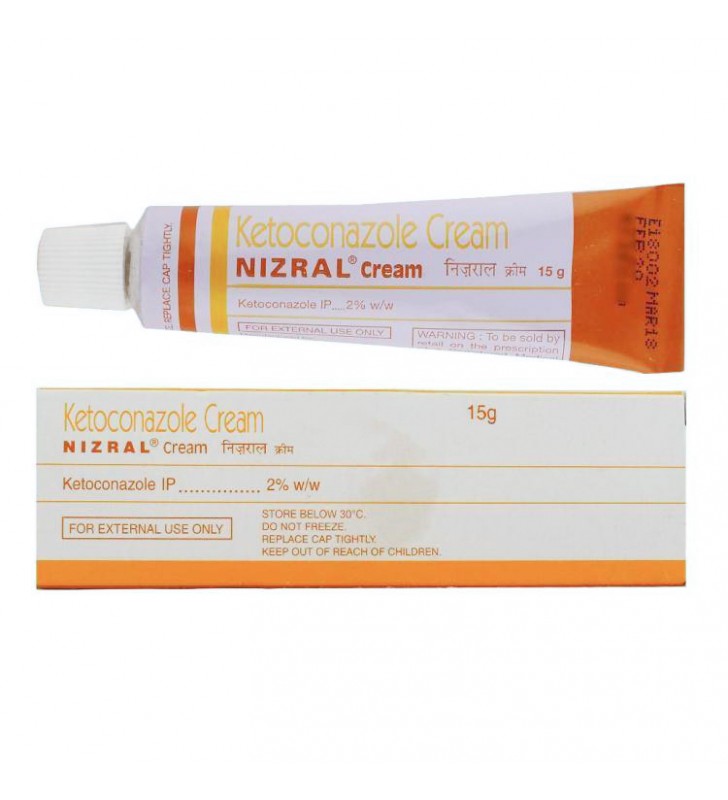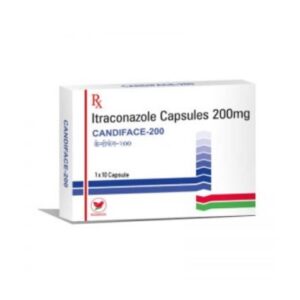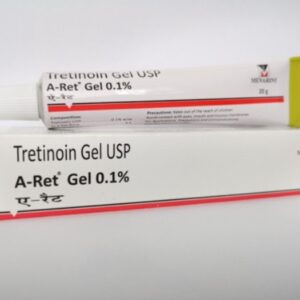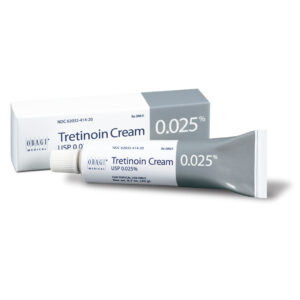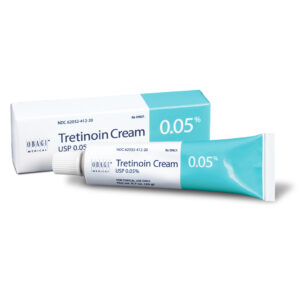Description
Ketoconazole is an imidazole antifungal agent used in treating and preventing serious fungal infections in patients who have failed or are intolerant to other therapies. It is also used to treat a disorder of the adrenal glands known as Cushing’s syndrome, where the body produces an excess of cortisol levels. Each cream contains 2% of Ketoconazole as its active ingredient.
Drug =Ketoconazole
Strength = 2%
Contains = 1 tube
How to use
It is usually applied twice a day, in the morning and in the evening.
To help you remember to use ketoconazole, use it at around the same time every day. Follow the directions on your prescription label carefully, and ask your doctor or pharmacist to explain any part you do not understand.
Use ketoconazole exactly as directed. Do not use more or less of it or use it more often than prescribed by your doctor.
Dosage of Ketoconazole (Nizral Cream) 2%
Adult: Cutaneous candidiasis; Tinea corporis; Tinea cruris; Tinea manuum; Tinea pedis: As 2% cream: Apply onto affected and immediate surrounding area 1-2 times daily. Duration of treatment: Yeast infections: 2-3 weeks; tinea cruris: 2-4 weeks; tinea corporis: 3-4 weeks; tinea pedis: 4-6 weeks.
Pityriasis Versicolor: As 2% cream: Apply onto affected and immediate surrounding areas 1-2 times daily for 2-3 weeks.
Seborrhoeic dermatitis: As 2% cream: Apply onto affected area 1-2 times daily for 2-4 weeks. Maintenance treatment: Apply once weekly in affected areas.
Missed Dose of Ketoconazole (Nizral Cream) 2%
Just apply the missed dose and then continue with the regular dosing schedule.
Do not double the dose under any circumstances.
Overdose of Ketoconazole (Nizral Cream) 2%
If you think you may have used Ketoconazole more than the usual dose, please seek medical help immediately.
Contraindications
People with the following medical conditions should not take Ketoconazole:
- Hypersensitivity
- Acute or Chronic hepatic impairment
- Pregnancy (with Cushing syndrome)
- Lactation (oral)
Side Effects
Ketoconazole may have the following side effects:
- Acne
- Bleeding from sore in the mouth
- Blistering
- Crusting
- Irritation
- Itching
- Reddening of the skin
- Burning
- Crawling
- Numbness
- Prickling
- Tingling
- Cracked, dry, or scaly skin
- Discoloration of the fingernails or toenails
- Dizziness
- Eye dryness, anger, or swelling
- Red rash with watery, yellow-colored, or pus-filled blisters with or without thick yellow to honey-colored crusts
- Sore in the mouth or on the gums
- Swelling of the face
Warnings
Always notify your doctor and pharmacist if you are taking any other medicines, including herbal tonics such as traditional Chinese medicine, supplements, and medicines that you buy without a prescription.
This list does not include all medicines that may interact with Ketoconazole.
How Does It Work?
Ketoconazole is a highly selective inhibitor of fungal cytochrome P-450-dependent enzymes, thereby decreasing ergosterol biosynthesis and inhibiting fungal cell membranes. Ergosterol is a major component of the fungal cell membrane. Inhibition of its synthesis leads to increased cellular permeability, thereby causing leakage of cellular contents.
Uses
Ketoconazole is used to treat the following conditions:
- Cushing’s syndrome
- Systemic fungal infection
- Cutaneous candidiasis; Tinea corporis; Tinea cruris; Tinea manuum; Tinea pedis
- Pityriasis Versicolor
- Seborrhoeic dermatitis
- Dandruff
Special Precautions and Connected Warnings
Take special precautions if you have the following conditions:
- Patients with achlorhydria
- prostate cancer
- Central nervous system infection
- Adrenal insufficiency
- Major surgery
- Intensive care
- Children
- Pregnancy
- Lactation (topical)
- Avoid alcohol
Storage Conditions
- Cream, shampoo: Store below 25°C and protected from light.
- Store in a cool, dry place away from the reach of children.
- Do not use Ketoconazole that is expired or out of date.


